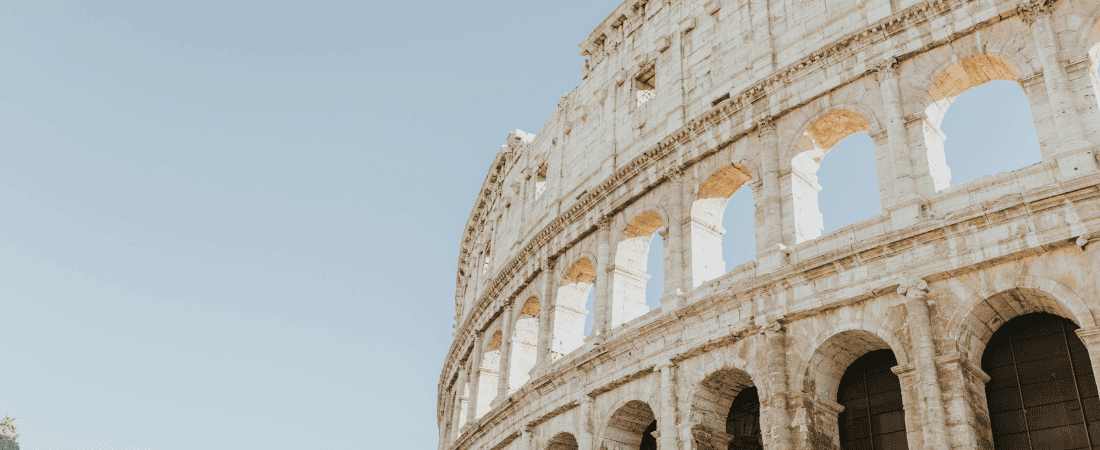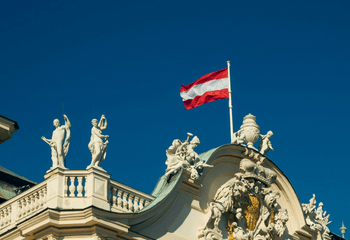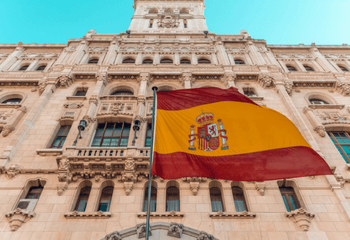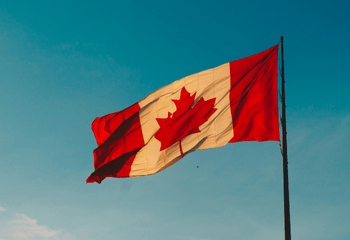Learn More About Italy
General Information
· Country Name: Italy (officially: Italian Republic)
· Continent: Europe
· Capital: Rome
· Population: around 59,000,000
· Area: about 301,000 km²
· Language: Italian
· Currency: Euro (EUR)
Landscape
Alps, Beaches & Olive Trees: Italy’s Got It All
Italy has a super varied landscape packed into a relatively small country. In the north, you’ll find the Alps—huge snow-covered mountains perfect for skiing, snowboarding, and hiking. Right below the Alps is the region of the lakes, with beautiful spots like Lake Como and Lake Garda.
The middle of the country has rolling hills, farmlands, and old towns with stone houses and narrow streets. Tuscany is especially famous for its olive groves, vineyards, and golden fields. You’ll also see mountains like the Apennines stretching down the center of the country.
In the south, the land becomes a bit drier and more rugged, with olive trees, cliffs, and bright blue sea views. Italy also has many islands, like Sicily and Sardinia, which are full of beaches, small villages, and unique landscapes.
The coastline is a huge part of Italian life. Italy has more than 7,000 kilometers of coast, so there are plenty of beach towns, fishing villages, and seaside cliffs. Some areas, like the Amalfi Coast or Cinque Terre, look like they came straight out of a travel magazine.
There are also several volcanoes in Italy—Mount Etna, Stromboli, and the most famous one, Mount Vesuvius, which buried the ancient city of Pompeii. Don’t worry though, they’re closely watched and don’t erupt all the time.
Culture & Traditions
Everyday Culture in Italy: Food, Family, and Local Traditions
Italian culture is all about family, food, history, and enjoying the moment. People are generally very social, and it's normal to spend a lot of time with relatives, especially on Sundays or holidays.
Food plays a big role in everyday life. Italian meals are usually long and social, not something you rush through. Dishes can be very different depending on the region—pizza in Naples, pasta in Bologna, seafood in coastal areas, and risotto in the north. Bread and pasta are served often, and each region has its own traditional recipes. And yes, gelato is as good as everyone says!
Traditions also vary by region, but festivals are a big deal. Each town usually has its own festa, often celebrating a local saint with parades, music, food, and fireworks. One of the most famous traditions is Carnevale, especially in Venice, where people dress up in masks and costumes.
Religion—mostly Catholicism—still plays a strong role in many areas, and many holidays have religious roots. Christmas and Easter are major celebrations, but there are also local events that are unique to certain cities or villages.
Italians often greet friends with a kiss on both cheeks (though it can depend on the region), and they care a lot about how they dress, especially when going out. Style is definitely part of the culture!
Eduation System
Italian High School Vibes: What It’s Like
The Italian school system is organized into several levels. After kindergarten (scuola dell’infanzia), students go to primary school (scuola primaria) from age 6 to 11. Then comes middle school (scuola secondaria di primo grado) for three years, followed by high school (scuola secondaria di secondo grado), which usually lasts five years.
There are different types of high schools depending on what students want to focus on—some are more academic, like liceo classico or liceo scientifico, while others are more technical or job-oriented, like istituto tecnico or istituto professionale.
The school year typically starts in September and ends in June, with a long summer break and shorter holidays around Christmas, Easter, and other national celebrations.
A school day usually starts around 8 a.m. and finishes around 1 or 2 p.m. In some schools, students might have lessons on Saturday mornings too. Subjects include Italian, math, science, history, geography, English (as a foreign language), and sometimes Latin or philosophy, depending on the school type.
There isn’t always a big focus on after-school activities within the school itself, but many students join clubs or sports teams in their town or city. These are great ways to meet new people outside of class.
Daily Life
From Gelato Runs to Piazza Hangouts: A Day in Teen Life
Daily life in Italy often follows a relaxed rhythm, with time built in for meals, rest, and socializing. People usually eat dinner later in the evening, around 8 p.m. or later, and lunch is often the main meal of the day—especially on weekends or during holidays with family.
Shops often close for a few hours in the afternoon (especially in smaller towns) and then reopen later. In bigger cities, things can run on a more continuous schedule.
Public transport is commonly used—especially buses, trams, and trains—and many students rely on it to get to school. Walking is also super common, especially in city centers where everything is close together.
Teenagers usually hang out in the local town square (piazza), grab a coffee or ice cream with friends, or go to the cinema. In the warmer months, evenings are often spent outside just chatting and enjoying the weather.
Fun Fact
Italy has more UNESCO World Heritage Sites than any other country in the world—over 50! That includes ancient ruins, castles, cities, and even entire landscapes.








